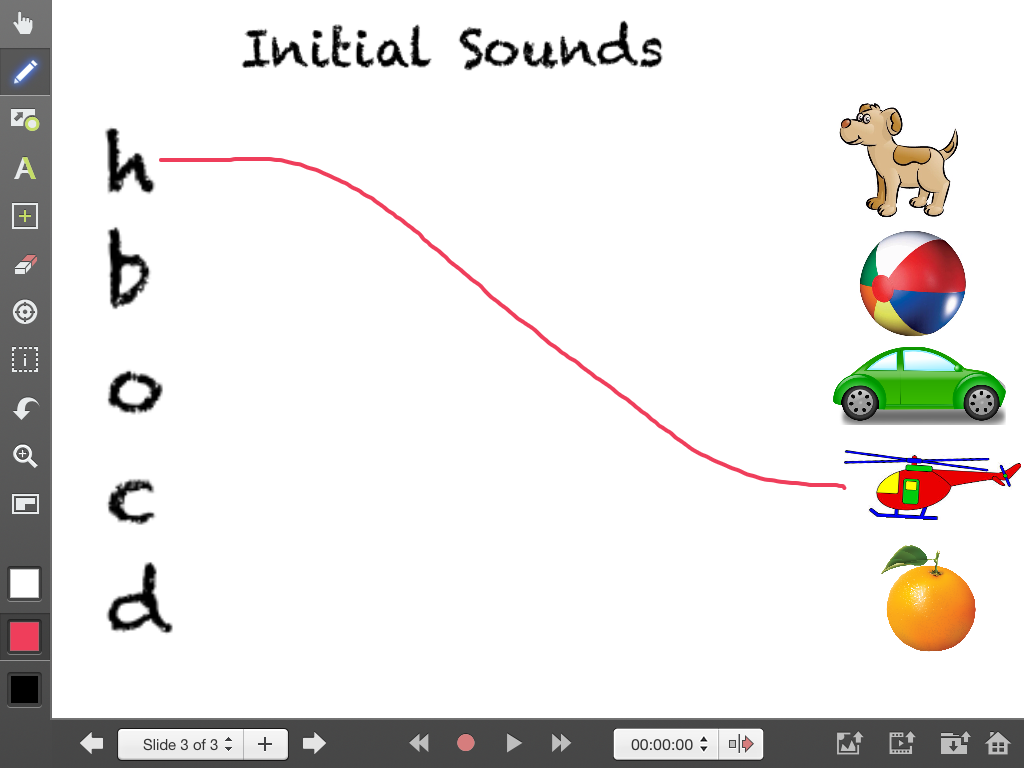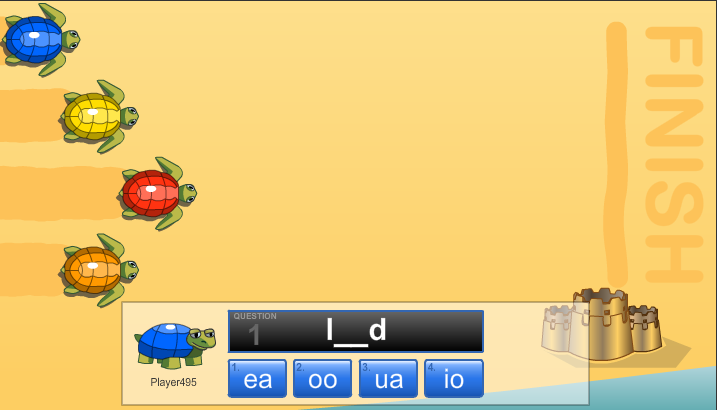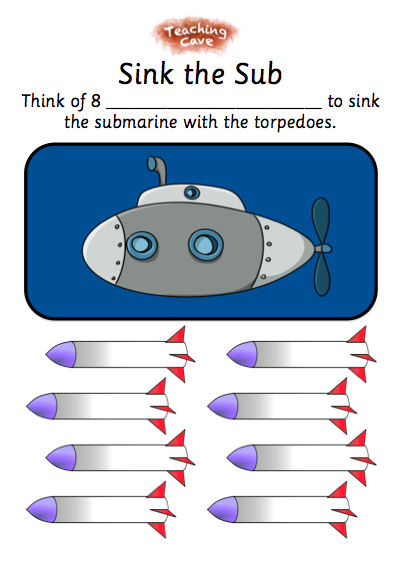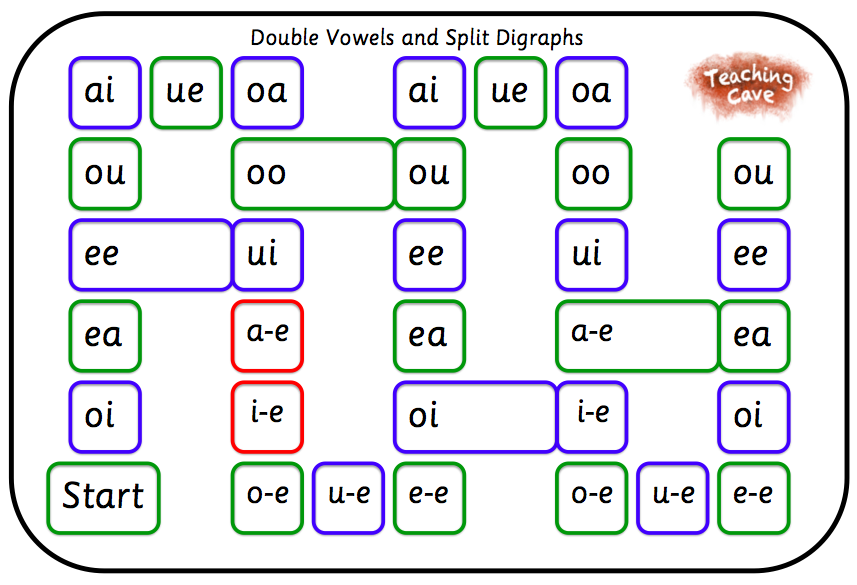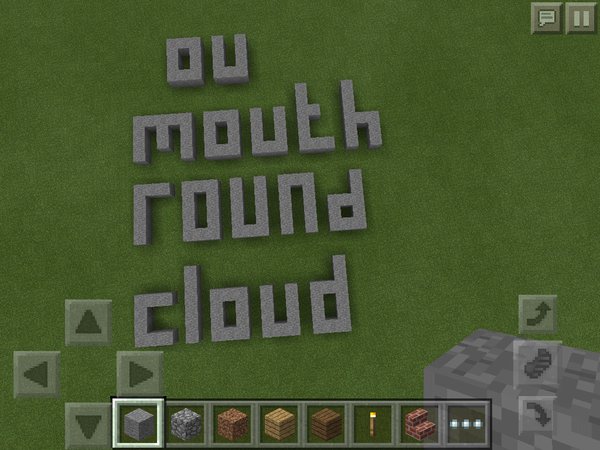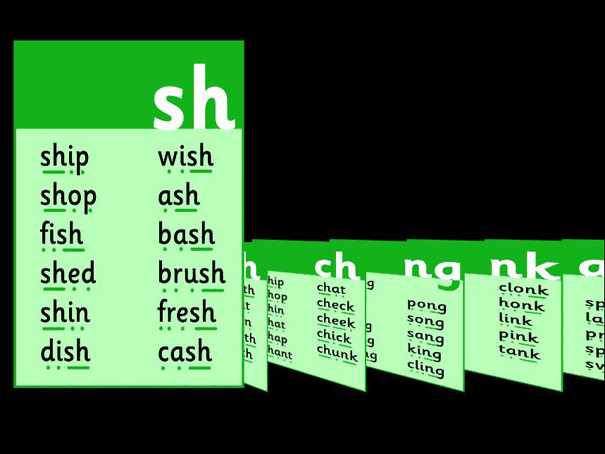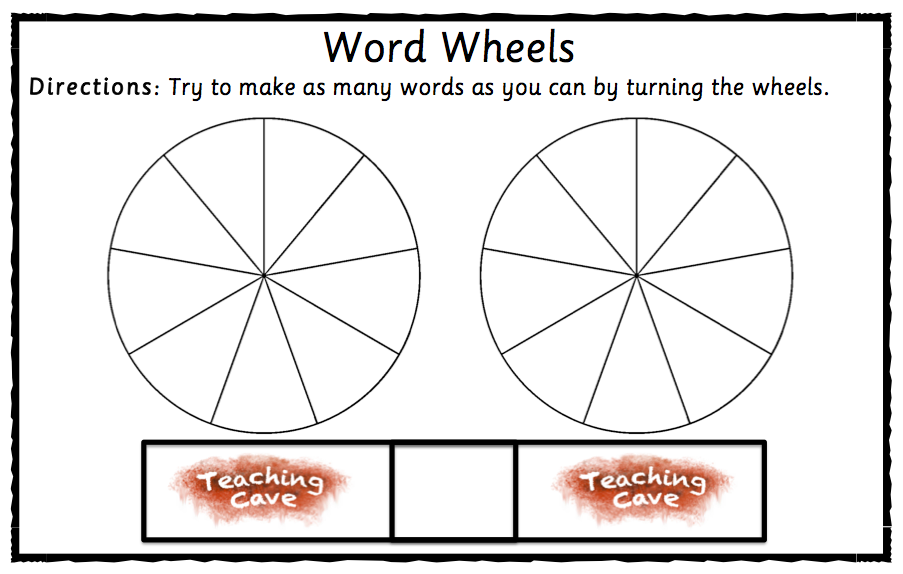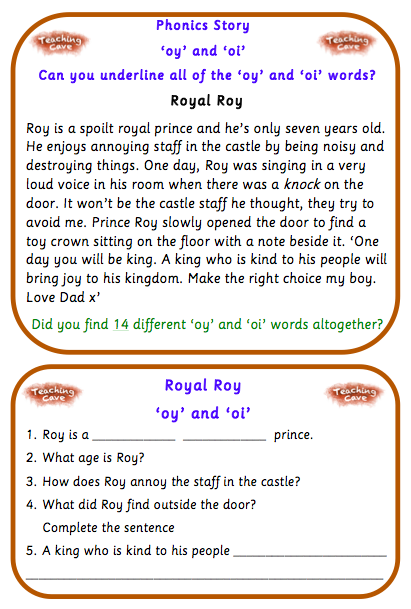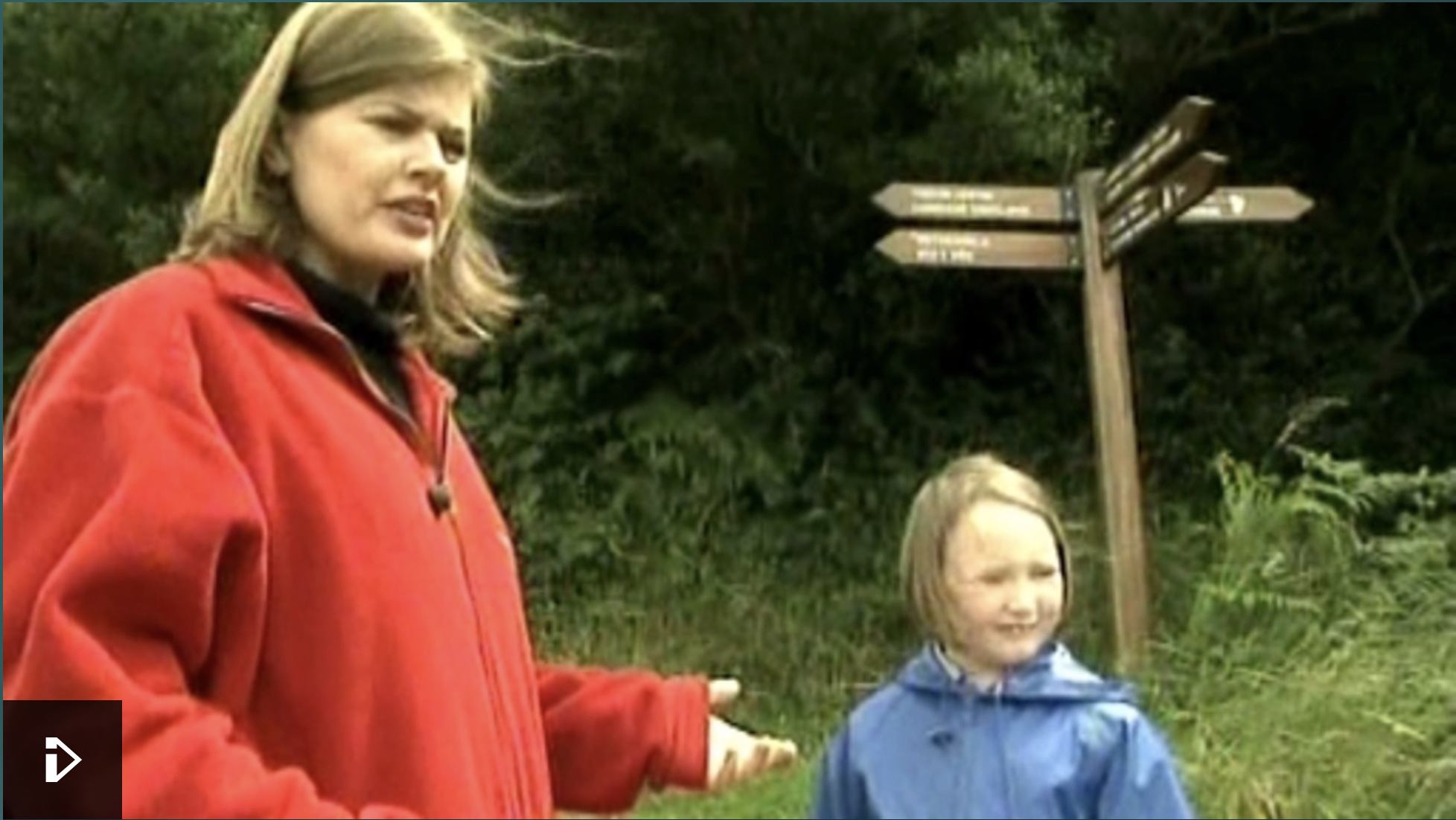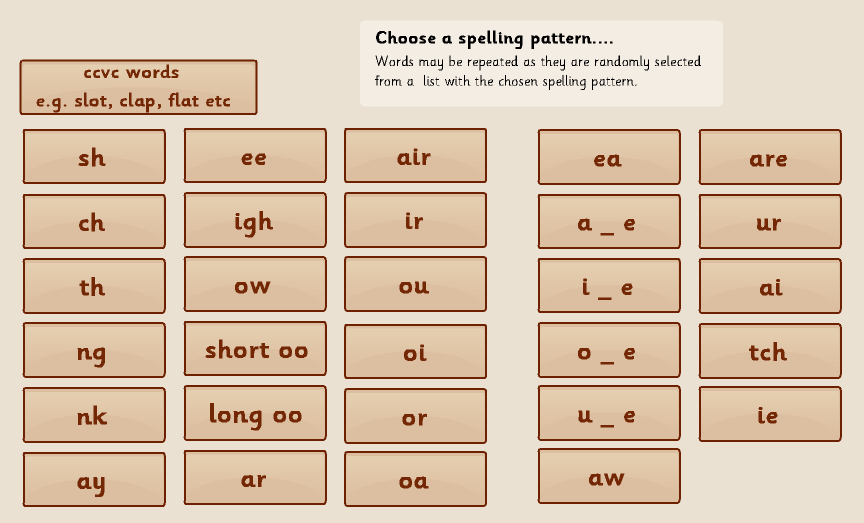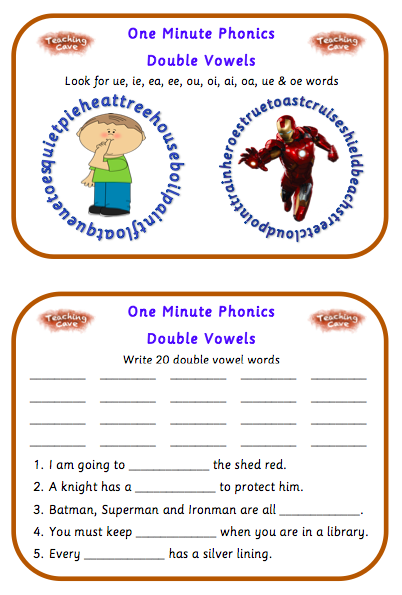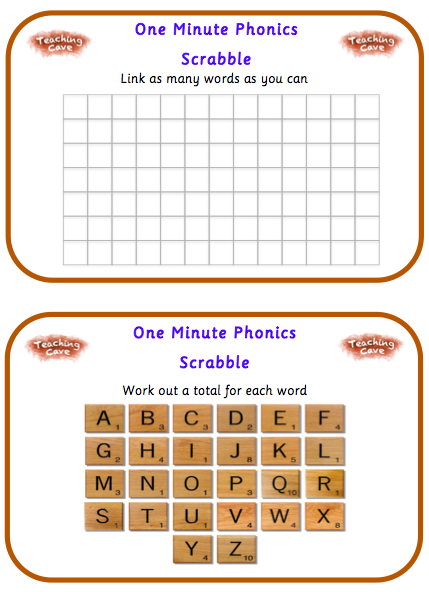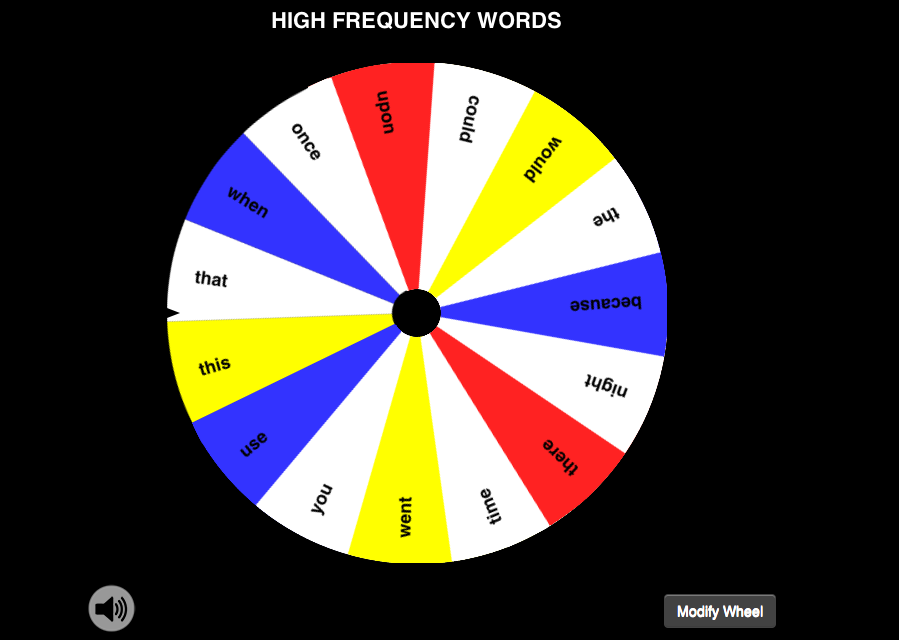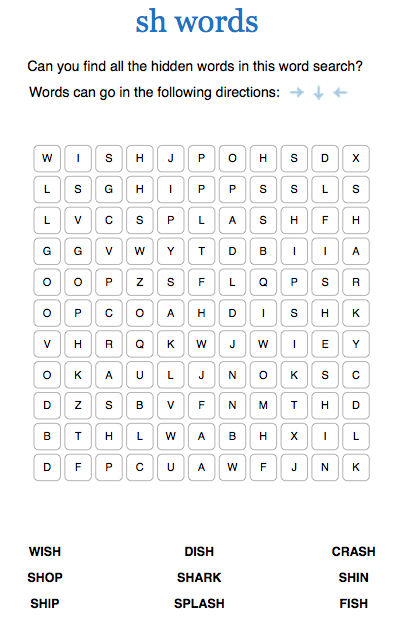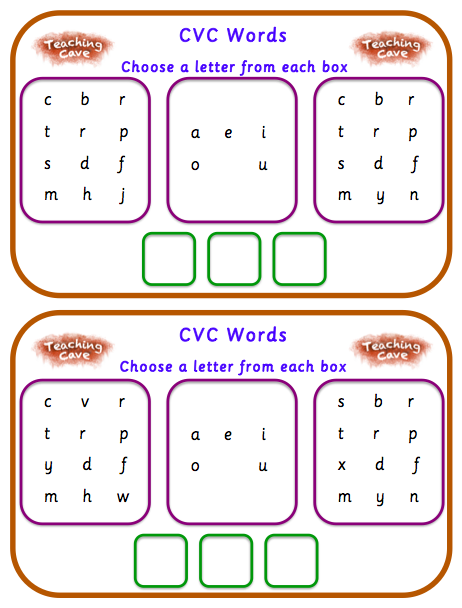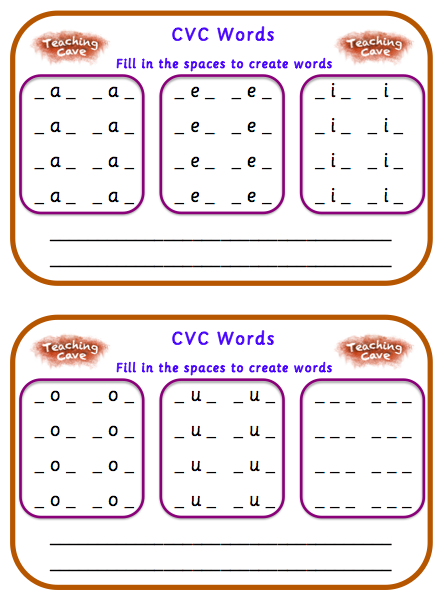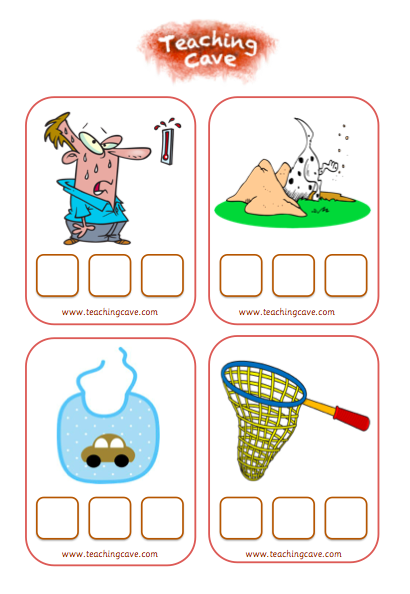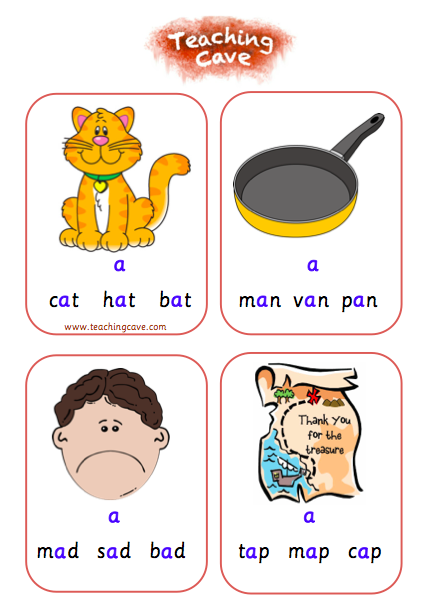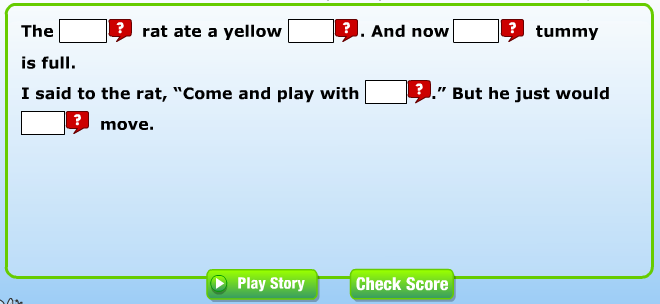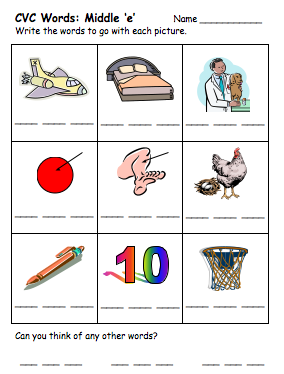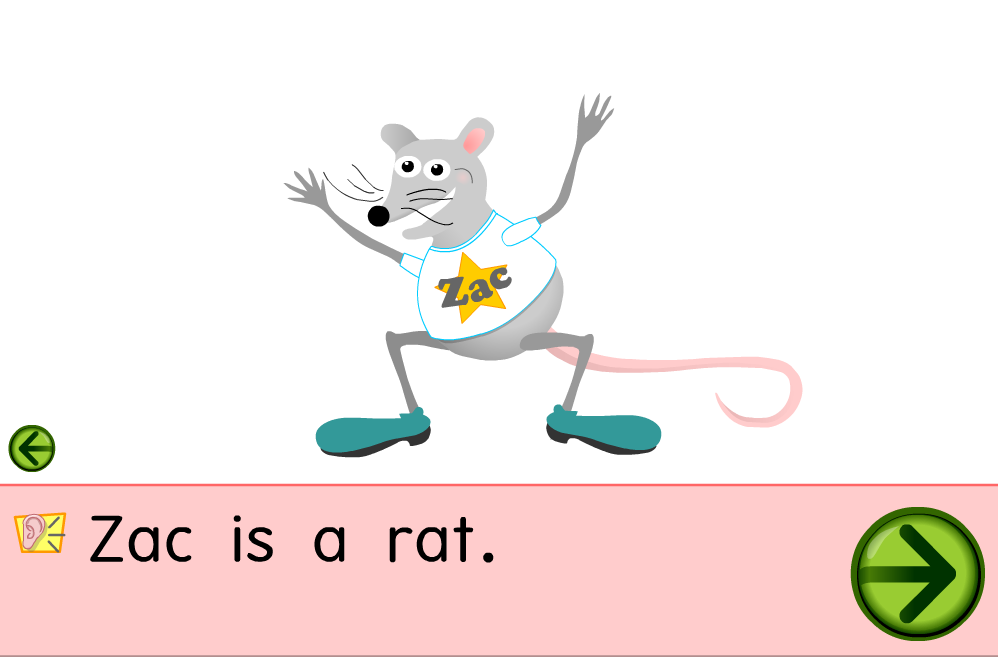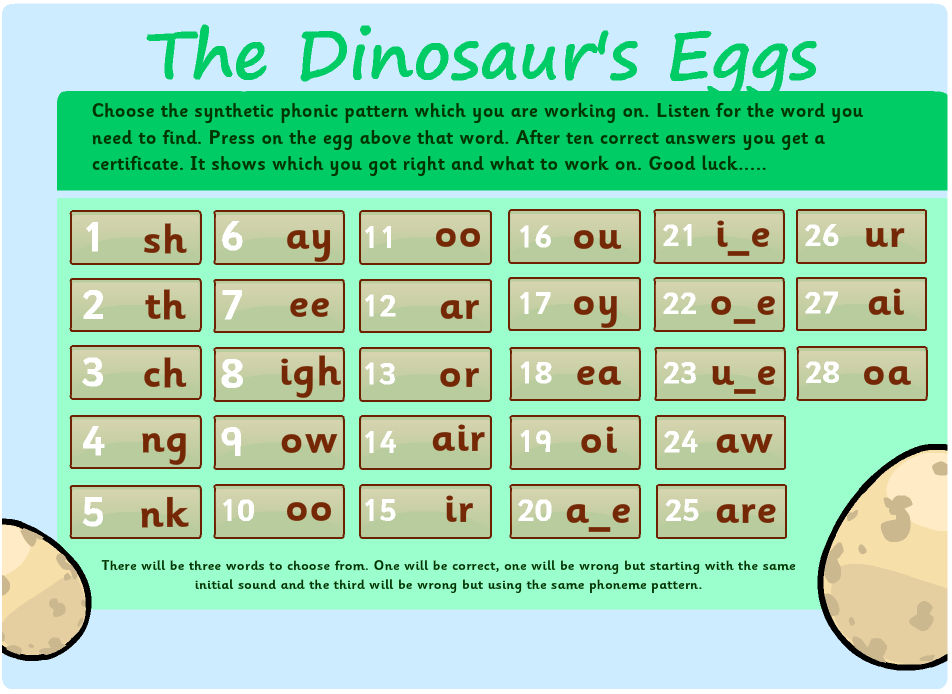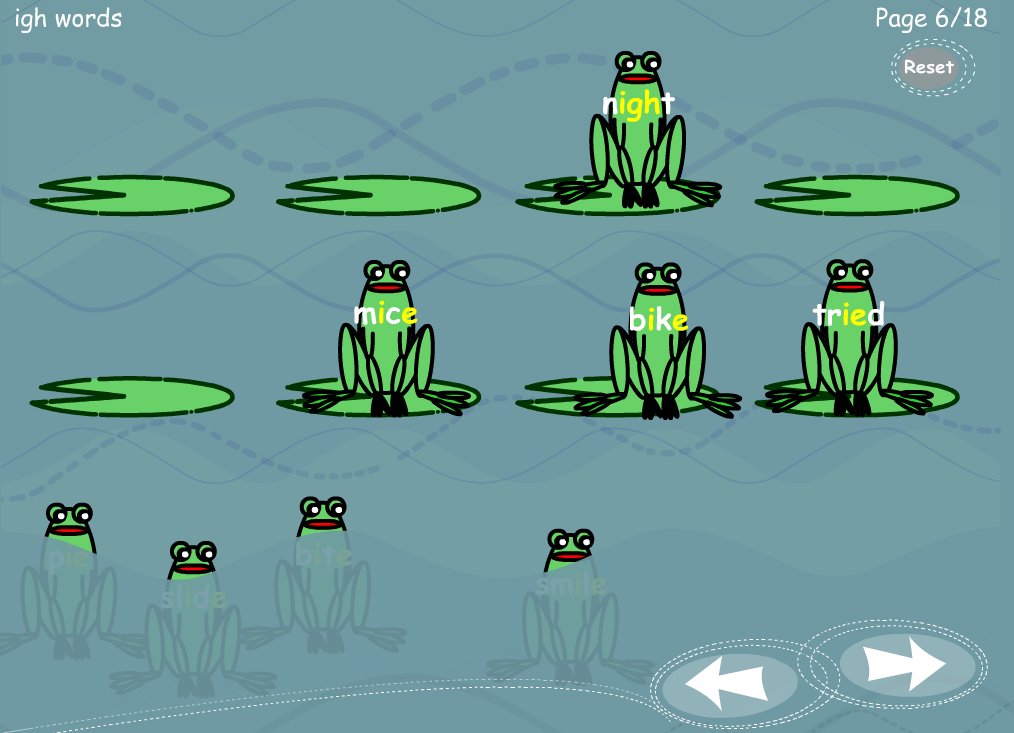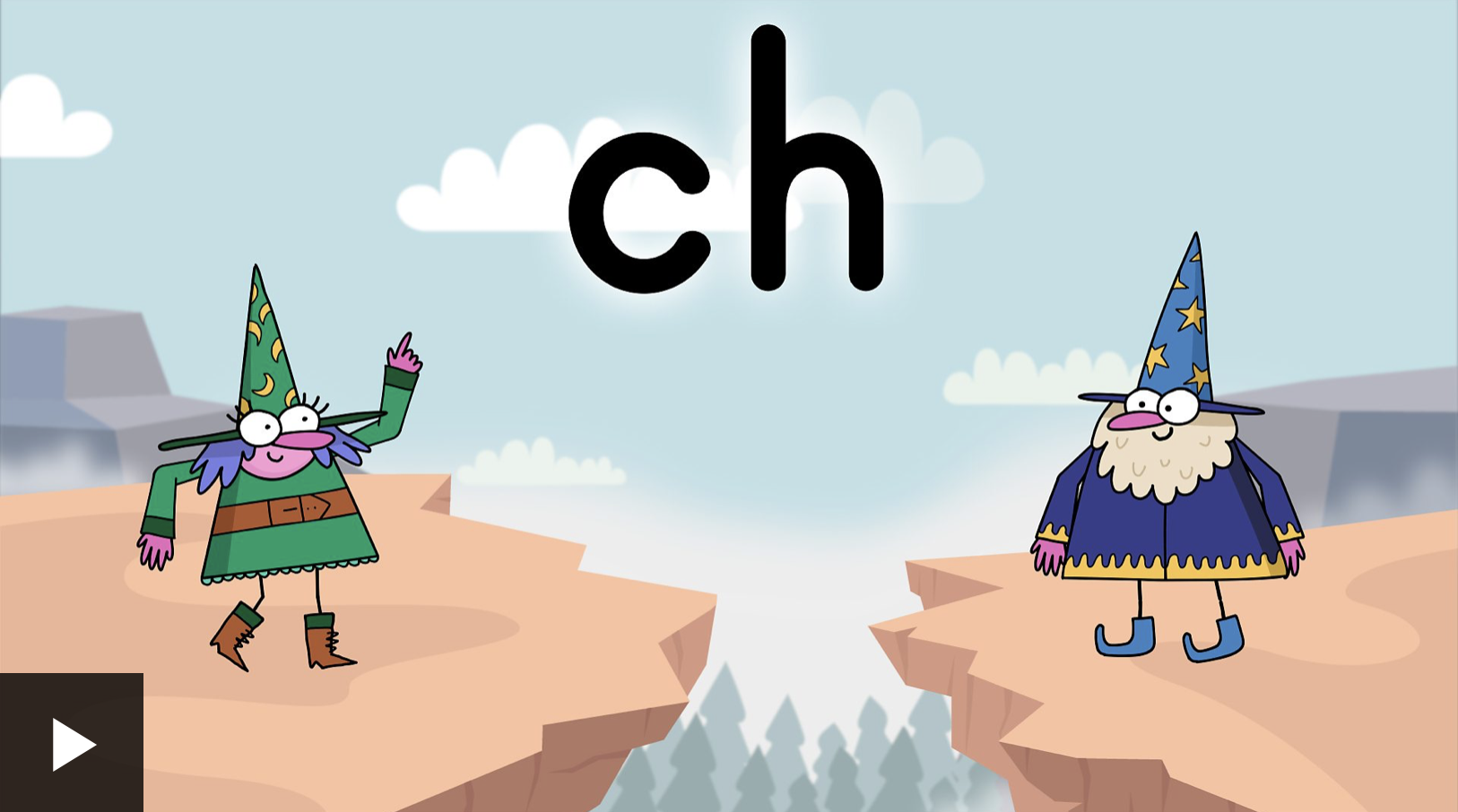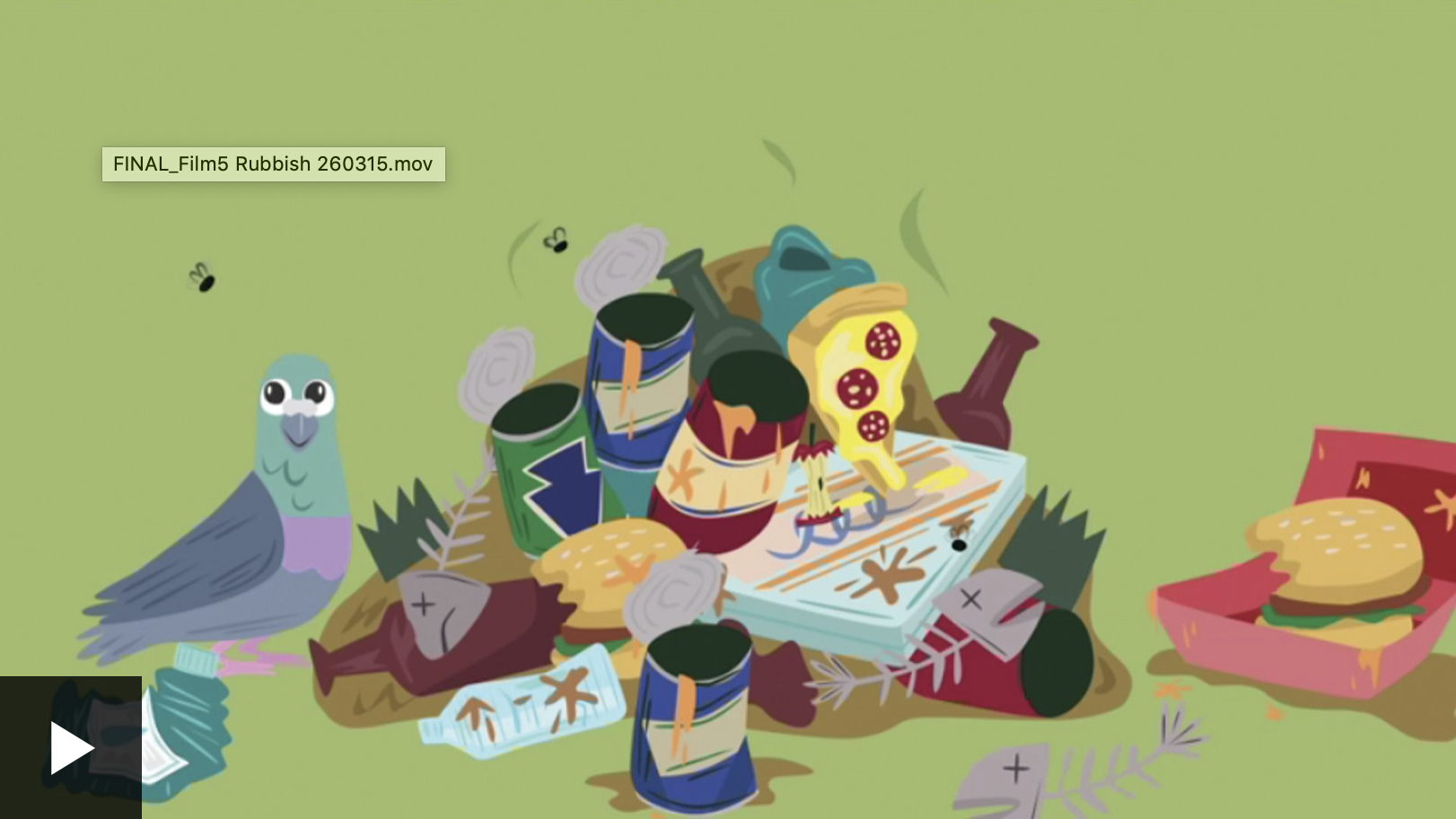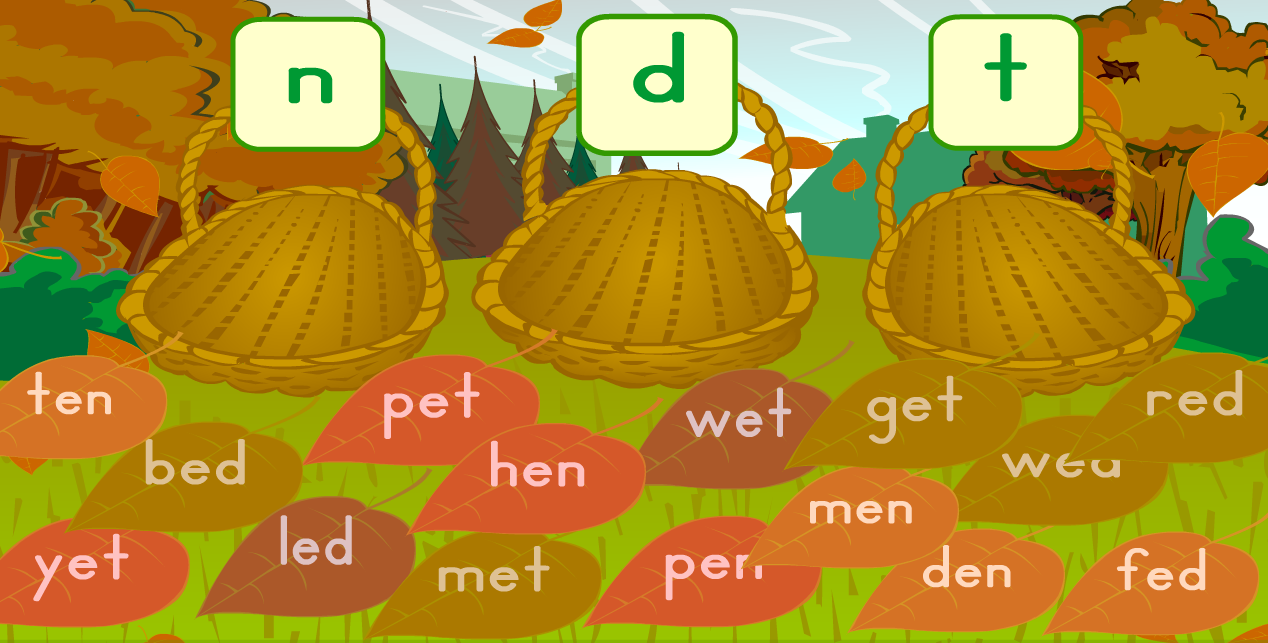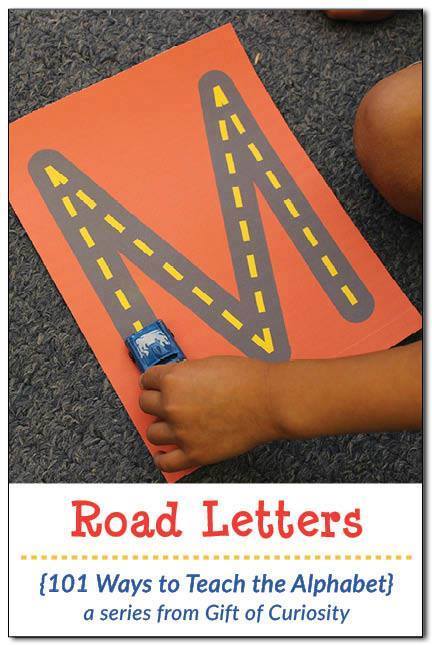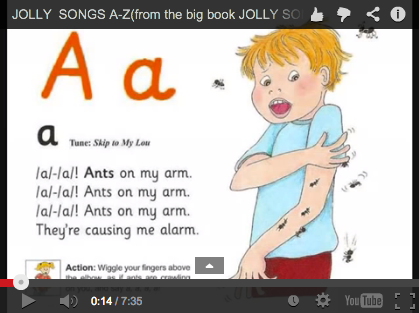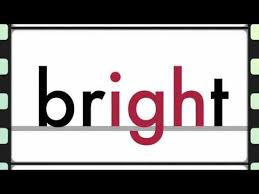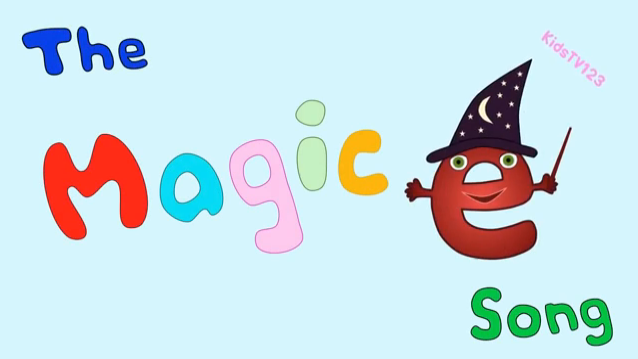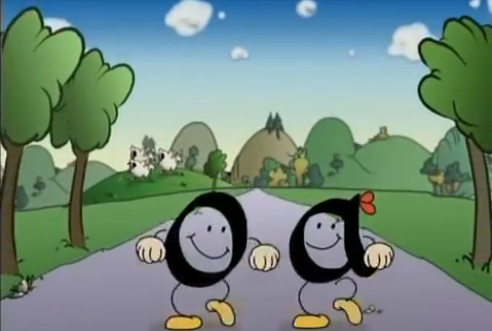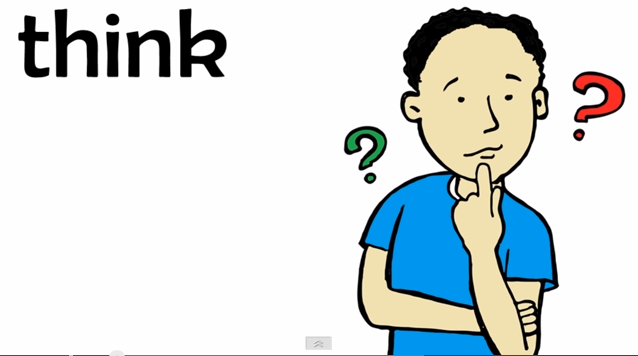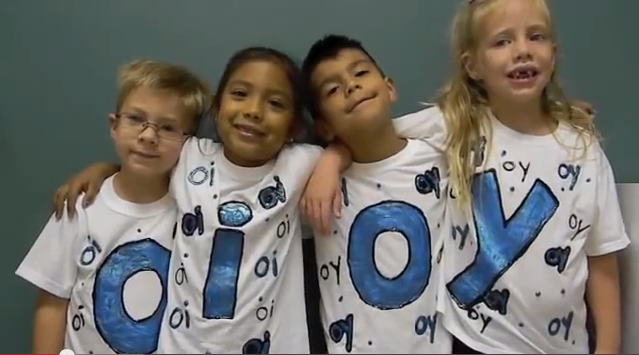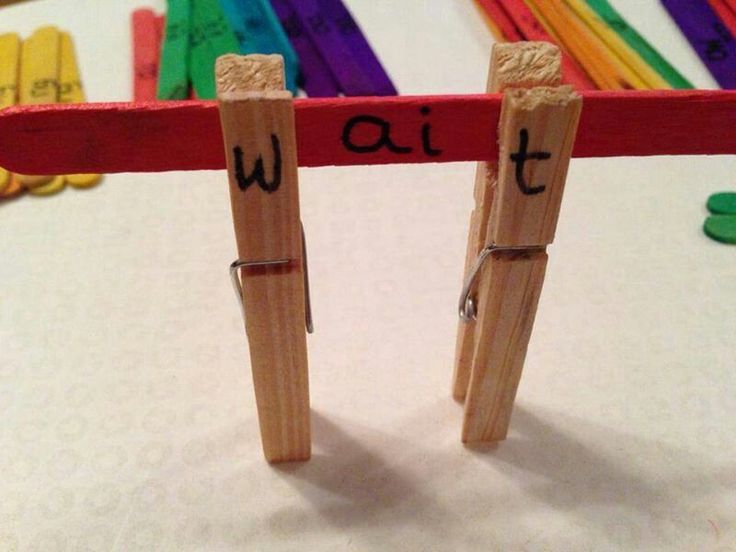Phonics Games
Initial Sounds and Explain Everything
Overview
This lesson uses the app Explain Everything and works on initial sounds recognition for children in Foundation Stage.
Double Vowels
In this phonics game your children are working on their double vowels understanding to create words.
The great thing about this game is that each time your children are given options to select from.
Overall, a great phonics game to develop spelling and phonological awareness in words.
Sink the Sub
Allow your children to sink the sub by writing 8 words with your focus sound within the torpedoes.
Double Vowels and Split Digraphs
This is a board game that allows your children to work on double vowel and split digraph sounds.
The children will place their counters on the start block. The children must roll a die and once they land on a step, they must say a word that has the sound in it and write it on the word sheet provided. If they get the word right, they stay on the block. If they get the word wrong, they move back to their last block. If the children land on the long blocks and get the word right, they slide to the block to the right. The first person to get to the Teaching Cave logo wins.
The word sheet provided allows the teacher to keep track of the words they are generating.
You can edit this document to suit your class.
Phonics and Minecraft
Using the Minecraft app, allow your children to create different words with the sound you are exploring.
This is a great way to encourage your class to reflect on letter formation and using their sounds knowledge effectively.
Phonemes
This is a wonderful resource that can be displayed on the classroom IWB. The resource is primarily aimed to develop phonological awareness but can also be used at the lower end of the school as a word recognition activity.
This resource explores a variety of phonemes and can be worked on as a whole class, group, independent or an activity for home.
Word Wheels
Allow your children to create different words using the word wheels.
You children will write a letter/s in each section of the two wheels and write the focus sound in the middle of the rectangular box. E.g. medial ‘o’ or ‘oa’. Using split pins, you must then connect the wheels to the rectangular frame.
Your children can now create different words.
Phonics Stories
Check out all of our phonics stories and activity cards to develop reading for meaning and comprehension skills in Foundation/Early KS1.
The children must use the story to complete the sentences on the activity cards.
The activity cards are also linked to phoneme spotting and capital letters and full stops to ensure your class are developing punctuation skills as well.
One Minute Phonics
If you are looking for a quick and effective activity to act as a warm up activity for phonics then look no further.
This is an example of our one minute phonics task. The children will be given different consonant clusters, vowel teams, split digraphs and word endings to create new words. They must choose beginning sounds and match them to the final sounds to create as many words as they can in one minute.
igh clips
This is a fantastic resource that allows your children to develop knowledge and understanding of ‘igh’ words through video clips.
Blends Dragon
This is a wonderful resource that allows your children to work on a variety of blends to develop their word recognition.
This resource is great as you can choose different areas to focus on.
Double Vowels
This activity works on recognising mixed double vowel sounds within words.
The children will look for ue ie ea ee ou oi ai oa ue & oe words within the circle and write them on the activity cards below. There are 20 words altogether.
To ensure the children have read and understood the words, there are sentences to complete on the activity card.
Scrabble Phonics
This activity card can be applied to many activities.
Your class can try to link as many of their high frequency, phonics, topic or spelling words as they can. This works using the scrabble format.
You can give your class a word to begin with or you can allow them to choose a word. Ensure the word is long to get the most out of the activity.
You class will love the challenge of creating as many words as they can.
To extend this activity, add in values for each letter to create scores and link it to numeracy.
Phonics Spinner
This spinner allows your children to develop their phonological awareness and word recognition.
You can input words to display on the spinner to differentiate the activity to suit your abilities.
Phonics Word Searches
Click the image to access our phonics word searches. This is a great activity to start with first thing to introduce the new spellings or sound for the week.
An activity like this allows the children to read the words, find them in the word search and look for the sound patterns. A fun way to start a Monday morning.
One Minute Phonics - CVC Stage 1
This one minute phonics activity works on using different letters to create CVC words. The letters are split into boxes with vowels in the middle.
This activity develops skills and understanding of medial vowels. Children find medial vowel challenging so this phonics activity card will give them a quick blast to consolidate the learning of CVC words.
Encourage the children to use cubes, scrabble blocks, magnetic letters or write them in books or on a whiteboard.
Time your class and this will give them a target to beat each day.
One Minute Phonics - CVC Stage 2
Now that your class have completed stage one and are familiar with creating CVC words practically, they can now move on to create some CVC words from memory.
Each box has a different medial vowel. The children will have one minute to fill one box. Once the task is over, your more able children can try to write a sentence using one or more CVC words. Your less able children can write the words on the lines.
There are also blank activity cards with no medial vowel E.g. _ _ _ to challenge your more able children, as they must add in the medial vowel also.
You can also use this activity to work on initial and final sounds. You can give each child a different letter throughout the week and they must write a word in each box using that particular letter.
Overall, a fantastic resource!
CVC Scrabble
Allow your class to develop their knowledge of CVC words focusing on medial vowels.
This resource has flashcards for words: net, bib, hot, dig, mug, car, top, log, bag, bat, hat, bin, red, ten, pen, pin, sun, cub, hut, bug, box, mop, pot, dog, kit, fin, pig and lip.
You will need scrabble letters or your can use cubes. The children must create the word to match the picture by sounding out.
You can also give each child in your class the resources and ask them to sort them based on the medial vowel.
CVC Flashcards
This resource includes 12 words of each medial vowel sound to help your children develop their word recognition and medial vowel knowledge.
Children get particularly confused at times as to which vowel they need to use when writing independently. This resource gives them many examples to develop their phonics knowledge.
CVC Story
This activity is great for putting all the CVC words into context within a short story.
Your children must listen to the story and spell the CVC words in the missing spaces.
Super resource!
CVC Word Creator
This is a super resource that includes 12 flashcards using the medial vowels a e i o & u.
Your class must create as many words as they can using the flashcards. They can do this practically using cubes or scrabble pieces or by writing the CVC words in books or whiteboards. Each medial vowel has two different cards and your children must ensure that the medial vowel, which is a different colour, is in the middle of each word.
This is a great resource as a warm up activity during registration and as a plenary to consolidate what has been learnt.
CVC Worksheets - Medial Vowels
Click the image to access a variety of CVC worksheets to allow your children to develop their knowledge of medial sounds within CVC words.
Phonics Stories
These stories are a fantastic introduction to reading. Each story focuses on a different sound to develop phonological awareness and understanding, as well as improving sight recognition of high frequency and CVC words.
There are also a variety of activities and interactive games for the children to complete and develop their skills with individual sounds.
Medial Vowels
The learning resource gives your children the opportunity to develop their understanding of medial vowel sounds in CVC words.
Dinosaur Phonics
This is a fantastic learning resource that I can’t recommend enough. You can choose which sound you would like your children to learn more about. Once you select a sound, the children must listen to the word spoken and identify it.
Phonics Reveal
Work on a variety of blends using this resource. In this activity, the children can navigate through the different screens working on different spellings for the same sounds by revealing the words. This resource works on: ai, ee, igh, oa, oo, ar, oi, ow, or, ur, ea, ear and air.
Phonics
This resource is great as it breaks complete words up into sounds and blends.
There are a range of phases included in these resources
Phonics Endings
Your class can learn about a range of endings in words and complete the quiz at the end.
Final Sounds
This is an example of our one minute phonics task. The children will be given different endings to words. They must then choose beginning sounds and match them to the final sounds to create as many words as they can in one minute.
This resource covers st sk nk lk nd
lf lp lt nt pt xt mp ft sounds.
Your children will be able to make words such as fast, blast, desk, mask, tank, pink, walk, talk, sand, band, elf, help, gulp, bolt, felt, slept, kept, text, next, damp, stamp, lift, loft and many more.
Sorting Sounds
This game looks at the final sound of CVC words. Your children must sort all the sounds based on their final sound. This game also works on word recognition or CVC words.
Fun with Phonics
A great way to introduce phonics to your children in Foundation Stage!
Click the image to download the resources…
What is Phonics?
Phonics is a strategy used in primary schools to assist with reading and writing in the early years of education. The strategy is predominantly used in P1 and P2 (Reception and Year 1). Using phonics, teachers develop learners’ phonemic understanding and recognition and improve their ability to identify phonemes and patterns of sounds within words. The goal is for the learners to recognise patterns and apply this knowledge to assist reading and spelling by blending sounds together. Other terms for phonics are: Linguistic phonics, synthetic phonics and jolly phonics. Phonics is the system of relationships between letters and sounds in a language. Click the image to learn more.
'igh' Sound
Teaching resources to assist with the learning of the trigraph ‘igh’ (also known as the long i sound).
Split Digraph - Magic 'e'
Teaching resources to assist with the learning of this split digraph, sometimes known as the magic ‘e’. The proper name for ‘magic e’ is ‘split digraph’, and it means that a vowel sound has been split.
'ay' and 'ai'
Teaching resources to assist with the learning of the digraph ‘ay’ and the vowel digraph ‘ai’.
Vowel Teams
This resource links you to a variety of resources to assist with the learning of the vowel teams.

